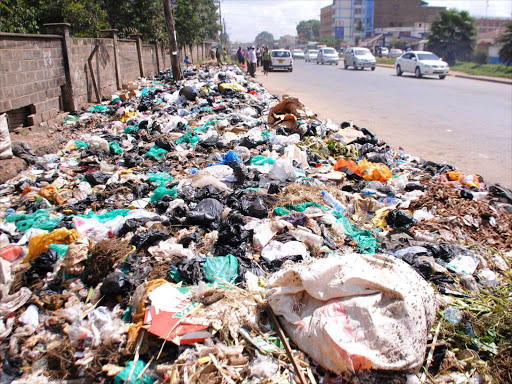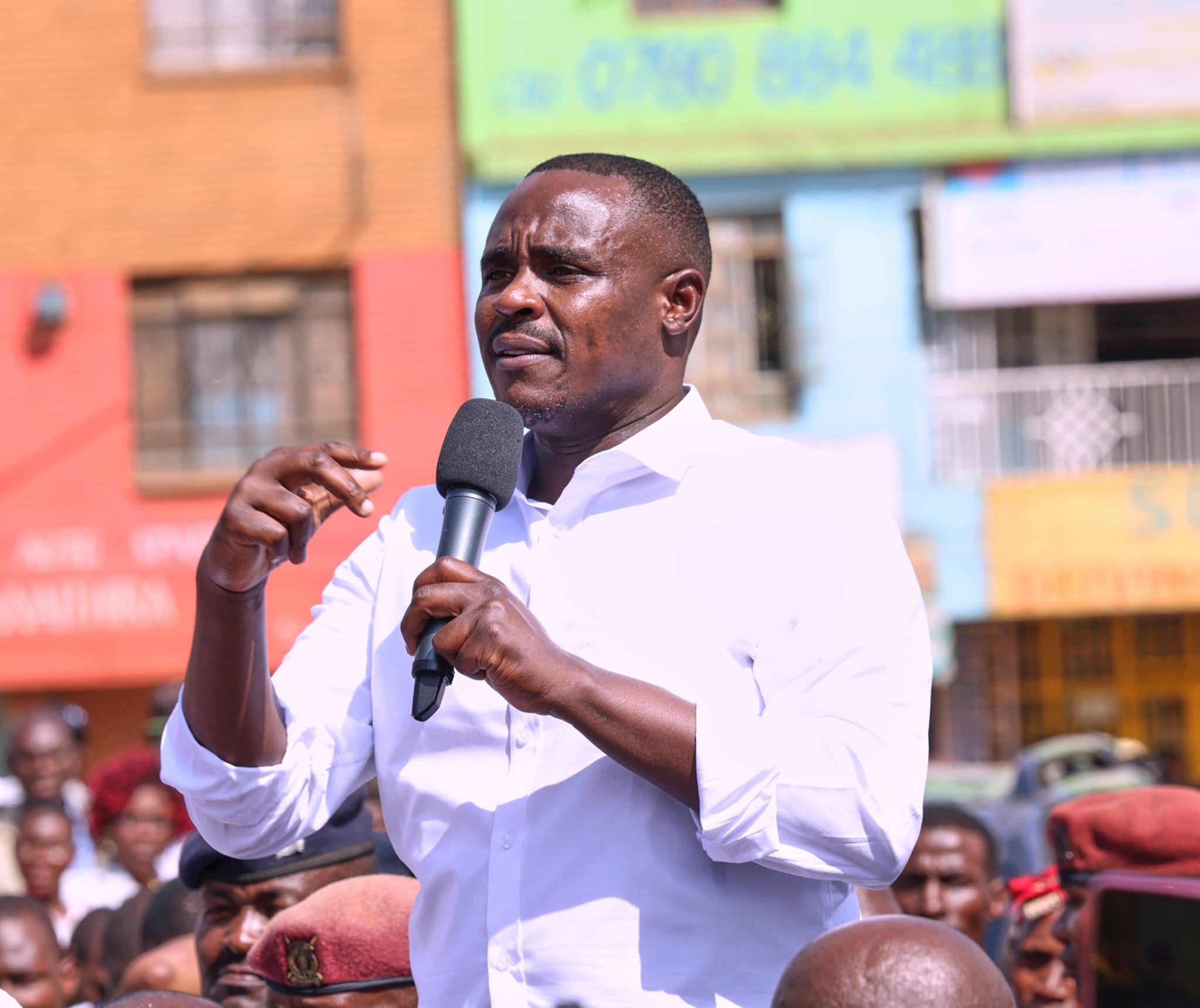Let’s eradicate mountains of garbage in towns

Lack of proper garbage disposal has reached alarming levels. Nearly every other major urban centre is facing a crisis of mounting waste due to neglect of collection from relevant authorities. Indeed, Kenyans have become accustomed to living alongside trash.
In Nairobi, much of uncollected and undisposed waste is found in Eastlands, and in informal settlements. Most of the garbage here consists of organic materials from foodstuff, polythene papers and used plastic containers. In the affluent areas, most of the waste consists of solids and metals (electronic waste) from malfunctional information and communication technology gadgets.
The main types of waste in the country include domestic, waste tyres, construction and demolition waste, asbestos, industrial and biomedical waste. Other types of waste emanate from fluorescent lamps, pesticides, used oil and sludge, and sewage.
Collecting waste is one thing, but managing it through proper treatment and disposal is another. Dumpsites in our towns are filled to capacity, and are a health hazard. Residents in many of these areas are suffering from respiratory infections, and other non-communicable diseases due to massive pollution.
Some of the relevant legal, regulatory and policy principles include Article 42 of the Constitution; Environmental Management and Coordination Act, 1999; Vision 2030; Environmental Management and Coordination (Waste Management) Regulations of 2006; Occupational Safety and Health Act, 2007 and; Public Health Act, 2012.
Kenya is also a signatory to international agreements like the Basel Convention on the control of transboundary movements of hazardous wastes and their disposal. In 2014, the Government launched the National Solid Waste Management Strategy (NSWMS) in an attempt to salvage a desperate situation.
But it is not for lack of the relevant statutes that both national and county governments have failed to perform their duties. We have reached this point as a result of sheer inertia, corruption and poor planning.
Like other elaborate blueprints, NSWMS risks ending up as a waste of resources. The National Environment Management Authority needs to ensure there is sufficient sensitisation of the various roles we need to perform in order to reduce pollution and environmental degradation. There are good examples of cost effective waste management technologies from countries like South Africa, Germany and Japan. For instance, the government should zero-rate recycling machinery with the aim of encouraging private sector involvement in waste management.
We do not need to tax Kenyans more to meet the cost of waste management. All we need is to encourage innovation and offer incentives to organisations that recycle waste. County governments should also encourage private sector participation in waste disposal, and pay for these services from current taxes.
I worked in Lamu Island years ago. Lamu is a paradise lost. It was quite intriguing how residents, more so the town’s leaders and planners, had let the tourist haven become littered. Instead of visitors enjoying the serenity and sea breeze of the haven, they had to contend with air and land pollution. So when I heard about an organisation that had made the first ever dhow from waste plastic, I felt quite intrigued. The building of the dhow in Lamu Island is symbolic. The town has long been the most important centre for dhow building in the region. Lamu town is also a UNESCO World Heritage Site.
Waste plastics, mainly from Lamu’s beaches, were used to build the entire boat. The keel, ribs and structural elements are all made from recycled plastic including bottles and bags, whilst the hull and decking is covered completely by re-purposed flip-flops. Despite the unusual materials, the vessel was constructed by local craftsmen using traditional methods.
— The writer is a PhD student in International Relations












